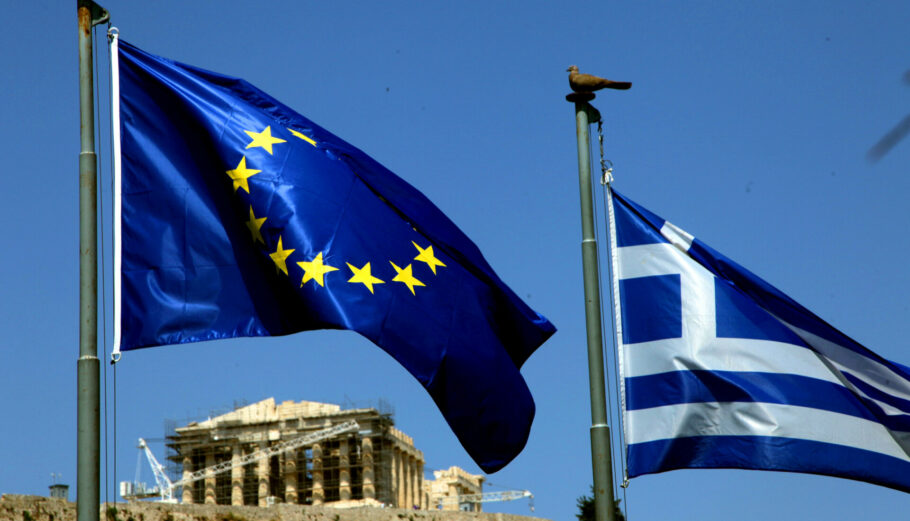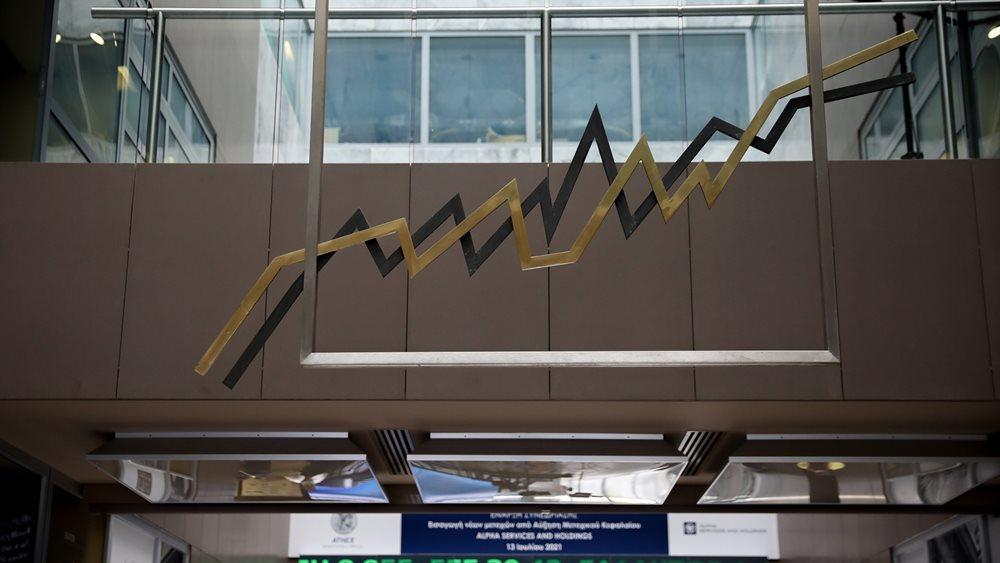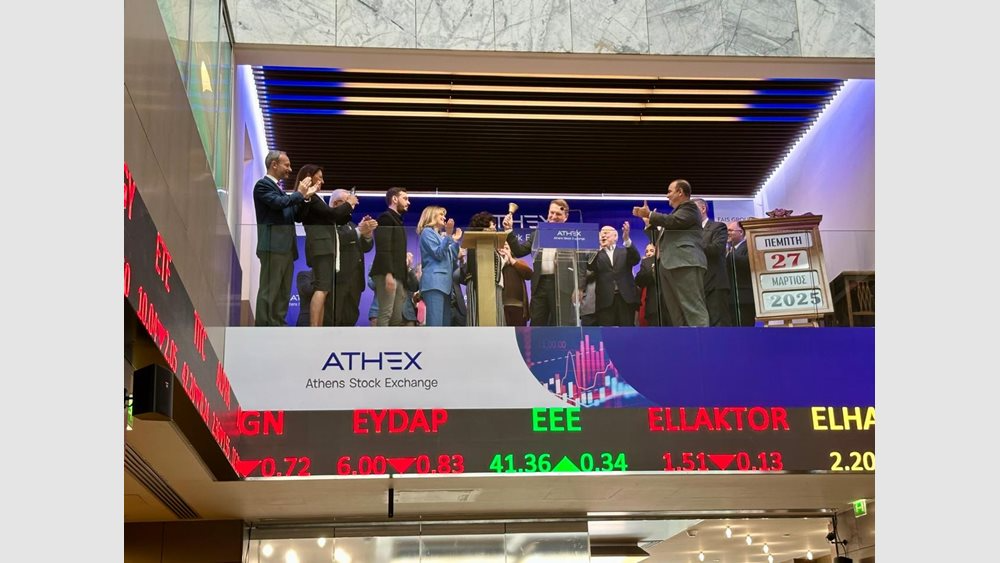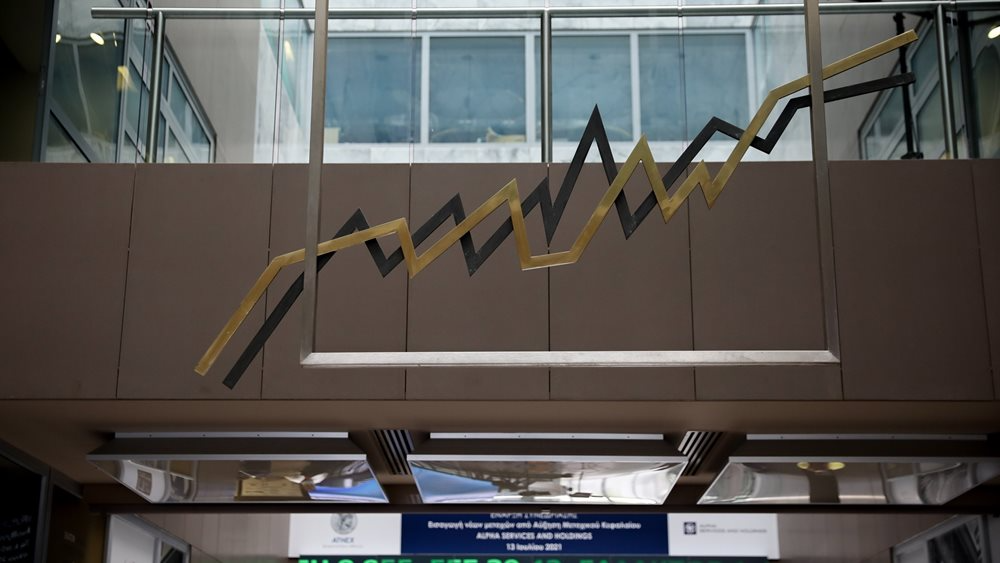
IOBE expects growth slightly higher than 2024 and above the government's forecasts for this year, setting the bar at 2.4%.
It describes the mild growth rate of the Eurozone economy, geopolitical instability and uncertainty about trends in international trade, the gradual deceleration of inflation and interest rates, and the timely execution of the Recovery and Resilience Plan as determining factors for GDP growth last year and this year.
According to the IOBE quarterly report, in terms of the components of growth in 2025, a significant strengthening of fixed investment (+9.5%) and a slight slowdown in private consumption (+1.6%) are expected. On the external side, a slight improvement in the external balance is expected, with exports growing at an annual rate of 2.8% and imports increasing at an annual rate of +1.9%.
In particular, fixed capital investment is expected to continue its upward trend throughout 2025. The main drivers of this growth are further monetary policy easing, accelerating the implementation of the Greek Recovery and Resilience Plan, and improving economic sentiment (investment grade). In addition, faster interest rate deceleration is expected to facilitate credit expansion to businesses, according to IOBE.
On the inflation front, IOBE expects a slightly higher level than the euro area average, in the region of 2.4%, while unemployment is expected to fall further, to the region of 9.3%.
The assumptions of the IOBE baseline scenario include:
(a) Eurozone growth of 0.7% in 2024 and 1.1% in 2025 and inflation at 2.4% in 2024 and 2.1% in 2025, in line with the ECB's baseline scenario (December 2024)
(b) prolonged geopolitical instability and economic uncertainty at regional and international level,
(c) international energy commodity prices follow the EIA baseline scenario, with stabilizing trends in 2025, lower than their 2024 level;
(d) interest rates follow the trend of current forward rates, i.e. Euribor gradually declines to the 1.9% range at the end of 2025;
(e) timely implementation of the revised "Greece 2. 0' in 2025;
(f) a performance of tourism revenues in 2025 similar to 2024 in real terms.
Risks and prospects
The forecast in the IOBE's baseline macroeconomic forecast scenario has both positive prospects and risks.
According to IOBE, the following factors could derail the forecast for Greece:
- The escalation of geopolitical tensions in Ukraine and the Middle East is a major concern in terms of energy security, supply chains and international political developments.
- An alternative scenario of a large increase in international energy prices with negative effects on production costs and interest rate de-escalation.
- A high external deficit with structural features. - Loss of competitiveness due to higher-than-average inflation in the euro area.
- Labour market: slower decline in the unemployment rate, including due to high structural unemployment.
- High loan-to-deposit interest rate spreads and a consistently negative household savings rate. -
- Delays in the resolution of red loans off bank balance sheets, which act as an obstacle to the reallocation of resources.
At the same time, IOBE also highlights the positive outlook for the Greek economy:
- The acceleration in the implementation of the revised Recovery and Resilience Plan may "unlock" international capital for productive and more long-term investments.
- The reduction in interest rates is an opportunity to accelerate investment.
- The enhanced extroversion of the economy, with a gradual improvement in the value added of exports, is positive.
- The continued reduction of the VAT gap and the corresponding divergence with the EU is positive.






